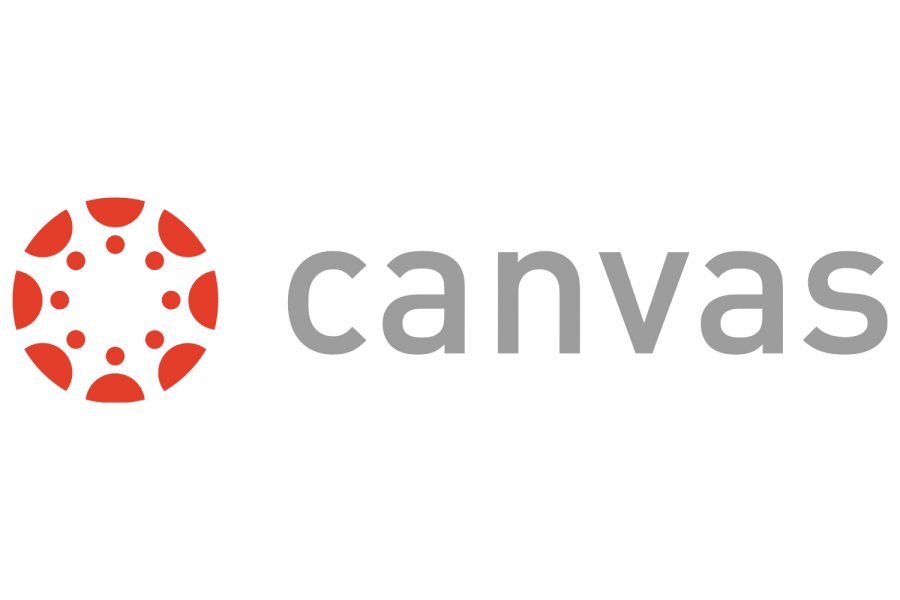Remote learning presents challenges to both students, teachers
Teachers learning new ways to deliver content; students finding some methods better than others
Since New Trier’s closure in reaction to the COVID-19 pandemic, the school has implemented remote-learning lessons. The lessons started on Mar. 9 and will continue after Spring Break until Apr. 13, though this date may be extended.
Though e-learning seems to be a logical way to continue academic engagement during New Trier’s closure, students are divided on the effectiveness of the work being assigned.
Junior Bella noted that the quality of the remote learning experience largely depends on the class.
“My math class has been giving me actually helpful homework,” said Baratta, “whereas [homework for] classes like gym can be long and tedious for no purpose.”
A student who wishes to remain anonymous agreed that not all of the assigned work feels meaningful.
“The lessons feel like busy work,” said the student. “I’m typically just reading notes or watching random videos in attempts to learn the information.”
The anonymous student said they finish their assignments by noon most days as their teachers have attempted to lighten the load.
“My math class has been giving me actually helpful homework,” said Baratta, “whereas [homework for] classes like gym can be long and tedious for no purpose.”
Like Baratta, sophomore Maddy Tabora has found certain modes of e-learning to be more impactful than others.
“I have found that teachers taking a video of themselves walking through the concepts has been the easiest way to learn,” said Tabora.
In contrast, teachers posting worksheets with brief explanations of new topics has been less effective.
“It can be difficult to understand the harder concepts without the teacher being able to clarify different points,” explained Tabora.
Teachers have been experimenting with different e-learning formats to determine what works best for students.
Kinetic Wellness teacher Bruce Kimball has created electronic workouts for his early bird Yoga class.
“We also have been exploring yoga-related topics that we had not previously spent a lot of time on, [such as] breathing techniques and the 8 Stages of Yoga,” said Kimball.
Kimball also explained that he and other KW teachers are still trying to determine the best way to move forward with remote learning.
Science teacher Dr. Nicole Hoefling has been using Canvas to assign her students worksheets and videos explaining new concepts, and explained how she altered her curriculum to be more suitable for e-learning.
“I have looked at topics to determine if they can be explained well over videos,” said Hoefling, “and I have looked at worksheets and modified them for time or added more instruction that I would normally state verbally in class if we were together.”
In terms of testing, teachers differ on their willingness and ability to give online assessments.
“I have not found any way to assess students that wouldn’t allow it to be an open-note, group kind of thing,” explained Hoefling. “So for now, I’m not giving any typical traditional quiz or test.”
However, Tabora has been given tests by her teachers.
“Some of my teachers are checking our progress with a quiz on the previous day’s material,” explained Tabora. “[This] can be very stressful, especially if we didn’t understand the concepts.”
Students and teachers generally agree that so far, the use of technology during remote learning has gone fairly smoothly.
“So far, the only glitches I’ve experienced are just my own learning curve issues with having to do new things for the first time, such as recording videos, editing videos, etc,” explained Hoefling. “Nothing on the student end of things, though.”
Kimball agreed, stating that the majority of problems he experienced were user-error. “Those that were not user-error were resolved quickly by our KW Tech Liaison, Jen Shike.”
Though remote learning has resulted in a lighter workload, most students are eager to return to school.
“Given that there is nothing else to do because everything is closed and you can’t go anywhere, I am left bored. I definitely prefer regular school to e-learning,” said the anonymous sophomore.
Tabora added that she would rather go to regular school as it is easier to ask for help from teachers or friends in person.
She also misses the social contact that a school setting provides.
“Also, there’s more of an opportunity to move around and interact with other people, which is a very important part of some people’s days,” said Tabora.







































